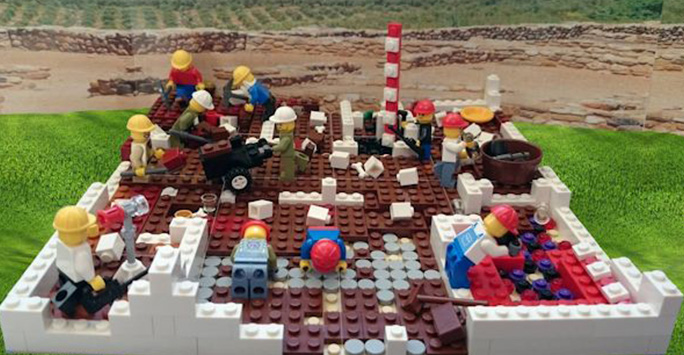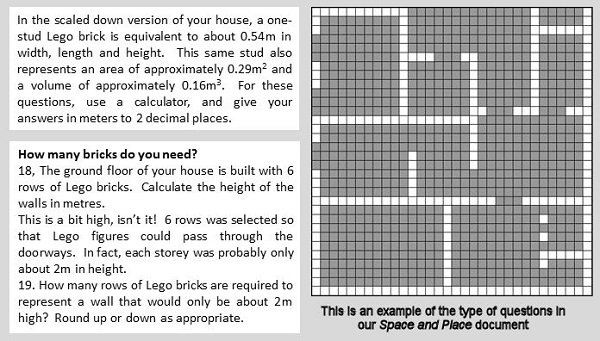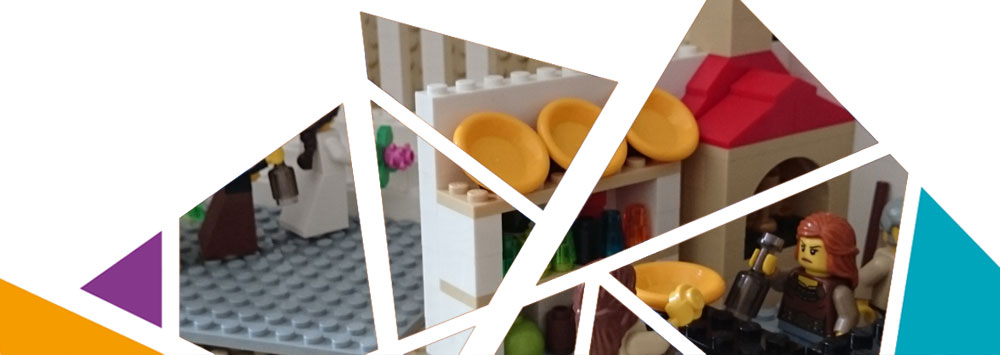The Challenge
Grand designs in Ancient Greece, an AHRC funded project, provides multimedia classroom resources for Key Stage 2, 3 and 4 students (ages 7-16 years) to learn about archaeological processes and daily life in ancient Greece.
Created by Matthew Fitzjohn (PI) and supported by Peta Bulmer (PDRA), the aim of the project, which is based on Fitzjohn’s research on domestic architecture, is to seamlessly integrate learning about ancient Greece with other subjects including English, Design and Technology, Science, Mathematics and Computing.
The project explores how teachers can use LEGO to help students learn about Ancient Greek art and architecture. Working with primary and secondary school teachers, Matthew and Peta have created a range of resources that integrate learning about Ancient Greece with other subjects.

Research Action
Matthew’s previous research and teaching involved the use of different digital media to think about the past and using software to create models of ancient houses in archaeological research.
One day he opened up an old box of LEGO for his daughter and played with building a model of a Classical Greek house. Excited by the way LEGO has embraced digital media, in a module he teaches the University of Liverpool, he encouraged some of his students to use 'LEGO Digital Designer' to reconstruct houses.
Working in Partnerships
Matthew and Peta then took the idea out of the University and in to schools. Working with Year 3 children at Kempsey Primary School they helped the children design and creat fantastic mosaics in LEGO for a Greek dining room (andron).

Outputs and Outcomes
Each mosaic told a story or expressed an idea about the Ancient Greek world. The activity required the children to use maths to calculate the costs of the mosaics that they had designed, as each type of LEGO brick was given a monetary value.
Of the project Dr Fitzjohn said “I've really enjoyed developing the idea of cross-curricula teaching, where arts and humanities subjects (history, archaeology, literacy and language) are put together with science, technology, engineering and mathematics (STEM) teaching - to create a STEAM curriculum.”
